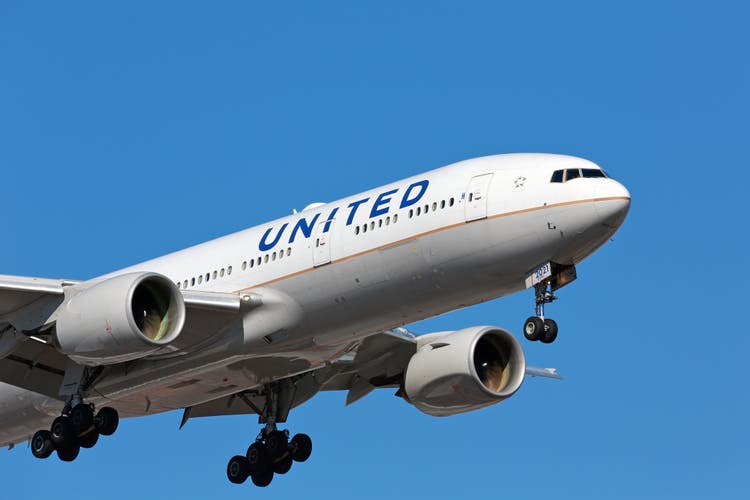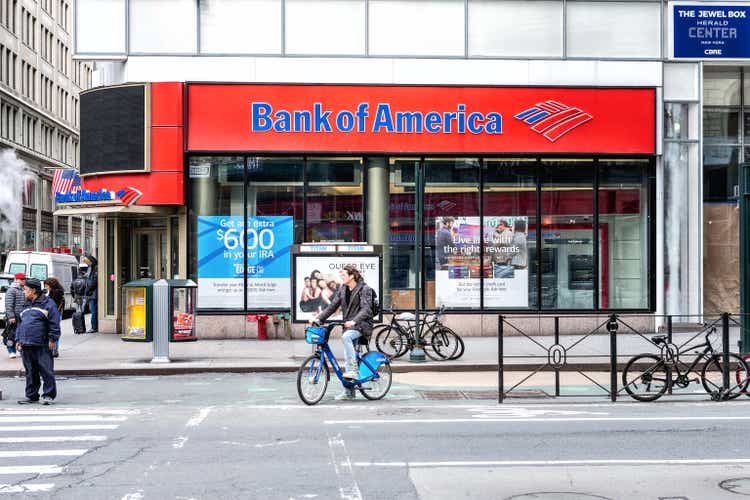Investors in Taiwan seek to hedge against risk of conflict with China

International investors are seeking to hedge against the possibility of military conflict between China and Taiwan, as Russia’s invasion of Ukraine drives a reassessment of risk in one of the world’s most dangerous geopolitical flashpoints.
While a Chinese assault on Taiwan is still considered a “tail risk” among investors, the rising concerns about an attack are underscored by a Goldman Sachs index tracking tensions across the Taiwan strait, which recently hit a record high.
Tim Moe, chief Asia equities strategist at Goldman, said that following the invasion of Ukraine, “informed consensus is putting a higher level of concern on cross-strait tensions — it’s not a foolish thing to think about”.
Hedging strategies are mostly focused on diversifying away from Taiwan’s semiconductor industry and balancing exposure to Taiwan’s currency.
Investors “want to know what’s available in the tool kit”, said the head of Asia execution at a Wall Street investment bank, who added that Russia’s invasion had spurred more inquiries from clients about Taiwan hedges.
China claims Taiwan as part of its territory and has not ruled out using force to achieve unification. Beijing has said its claims on Taiwan are “not comparable” to the situation between Russia and Ukraine.
But the Ukraine war has served as a wake-up call to investors. Chun Him Cheung, a strategist at Bank of America, said geopolitical uncertainties were the “biggest drivers of portfolio outflows” from Taiwan’s stock market, which at $14.6bn this year are already close to matching the total for all of 2021.
“Increasingly, investors are concerned about the broader geopolitical implications of war, especially for Taiwan,” he said.
Taiwan equity hedging strategies would focus on increasing exposure to rivals to TSMC, the world’s biggest producer of processor chips that supplies technology groups including Apple, said one Singapore-based analyst with a European fund.
“The reason why we buy Taiwan largely is the semiconductor business and that’s basically TSMC,” the analyst said. To counter the risk to TSMC from an invasion, the person said investors would need exposure to Samsung and Intel, the only rival producers of high-end chips.

Taiwan’s currency, which has fallen 2.6 per cent against the US dollar this year, was also expected to become a focus of hedging strategies, having gone from being a “regional safe haven to geopolitical risk proxy”, according to Bank of America’s Chun.
Analysts said investors might also seek to hedge by buying non-Taiwanese or Chinese companies involved in the chip supply chain, such as European makers of equipment used to manufacture semiconductors.
Experts agree the chances of an immediate large-scale Taiwan conflict remain remote. Andrew Gilholm, head of China analysis at Control Risks, a consultancy, said Beijing is highly unlikely to take Taiwan militarily without a “very strong” trigger or pretext.
China, among other things, “lacks a land border or sympathetic armed groups in Taiwan, and has to take very seriously the possibility of US military intervention”, he said.
Yet there is reason to expect that tension between Beijing and Washington will intensify, with China watching the Ukraine war closely.
“If all they have to pay for in the event of a military takeover of Taiwan is financial and economic sanctions, the Chinese will do it tomorrow morning,” said Yun Sun, a China foreign policy expert with the Stimson Center, a US think-tank.
For this reason, analysts said investor inquiries over Taiwan were mounting even ahead of the Russian invasion.
“I have a number of long-only investment clients who are building ‘China takes Taiwan’ hedges into their portfolios . . . the impact on Asian portfolios of such an event would be pretty far-reaching,” one Hong Kong-based analyst at a top US fund said in January.
World News || Latest News || U.S. News
Source link



